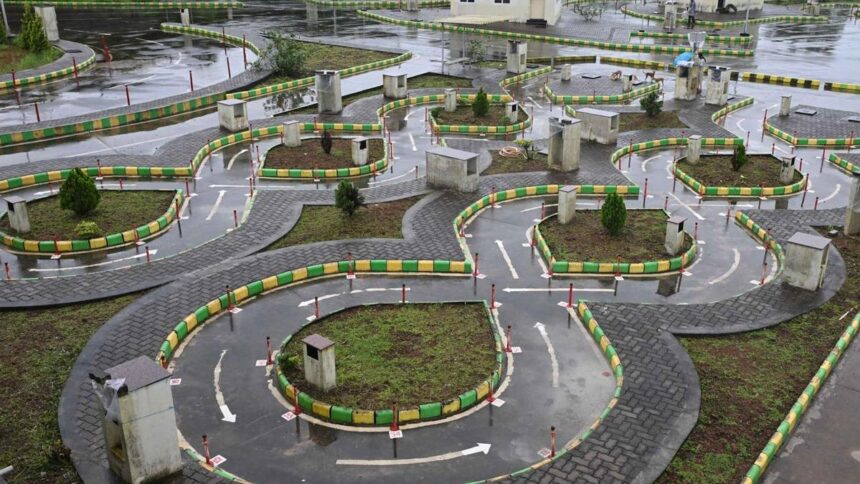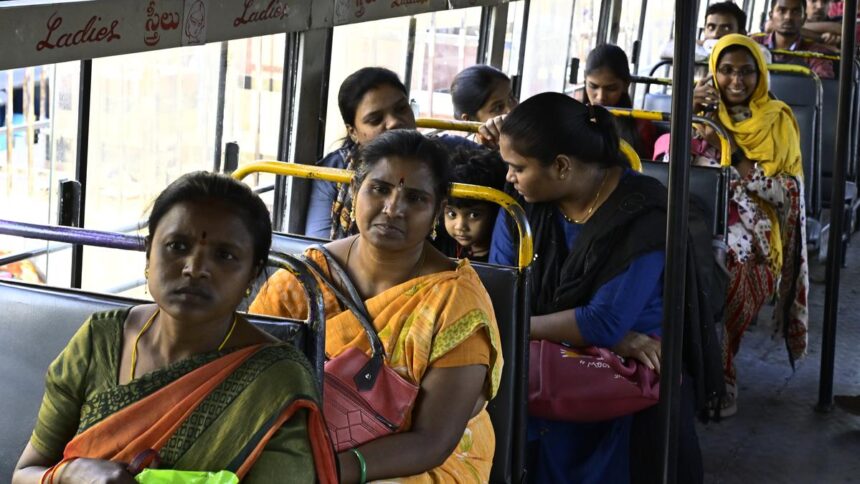
Waltair DRM Lalit Bohra flagging off the locomotive equipped with ‘Kavach’, in Visakhapatnam on Tuesday.
| Photo Credit: Special Arrangement
Electric Loco Shed (ELS), Visakhapatnam, has become the first ELS in the East Coast Railway (ECoR) Zone to commission ‘Kavach’, an indigenous Train Collision Avoidance System (TCAS). The first locomotive equipped with ‘Kavach’ was flagged off from the Electric Loco Shed, Visakhapatnam on Tuesday.
‘Kavach’ is a state-of-the-art safety technology developed indigenously as part of Indian Railways’ mission to provide zero-accident train operations. The system is designed to prevent collisions by providing real-time signal information directly to the loco pilot’s cabin. It enables seamless exchange of data between station interlocking systems and locomotives over a secure wireless communication network, while RFID tags mounted on tracks ensure precise locomotive positioning, said K. Saandeep, Senior Divisional Commercial Manager, Waltair.
ELS, Visakhapatnam, was allotted 186 loco sets with Kavach units for commissioning. The shed has also established a dedicated 600-metre Kavach-compatible test track and installed a ‘station Kavach’ system to facilitate rigorous trials.
Waltair Divisional Railway Manager Lalit Bohra inaugurated the ‘station Kavach’ facility and flagged off the first Kavach-commissioned locomotive — WAP-7.
The key features of Kavach include enhancement of operational safety, automatic protection against head-on collisions, prevention of signal-passing incidents and over speeding-related accidents, reliable and encrypted wireless communication across the section for uninterrupted data exchange, real-time signal and interlocking updates available in the loco pilot’s cabin, automatic regulation of train speed as per signal aspects, ensuring strict adherence to safety norms, and continuous assistance to loco pilots, enabling safe and efficient train operations even at higher speeds.
Published – August 27, 2025 08:35 am IST




















